Wednesday Feb 12, 2025
Wednesday Feb 12, 2025
Saturday, 5 December 2015 00:00 - - {{hitsCtrl.values.hits}}
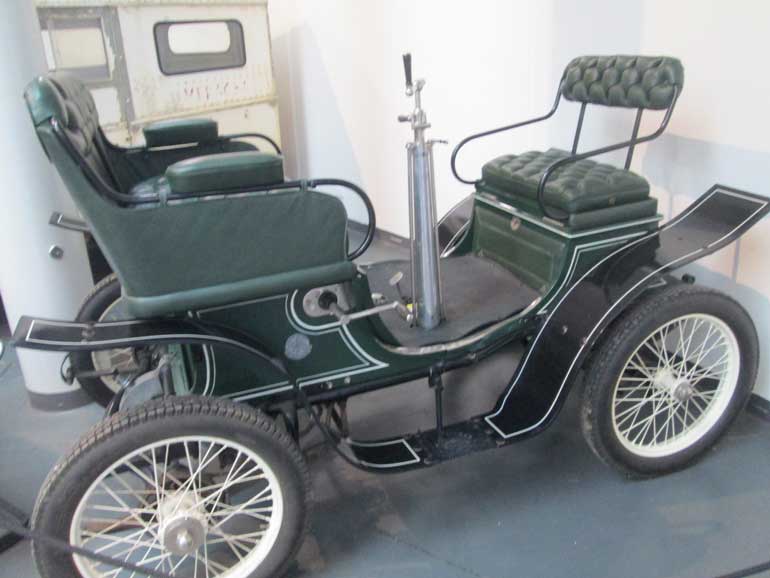
1900 De Dion
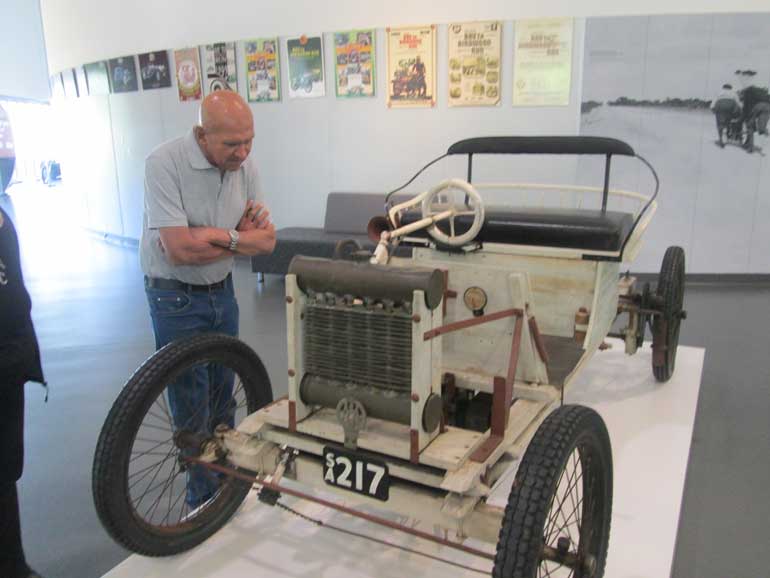
1904 Jigger Tourer
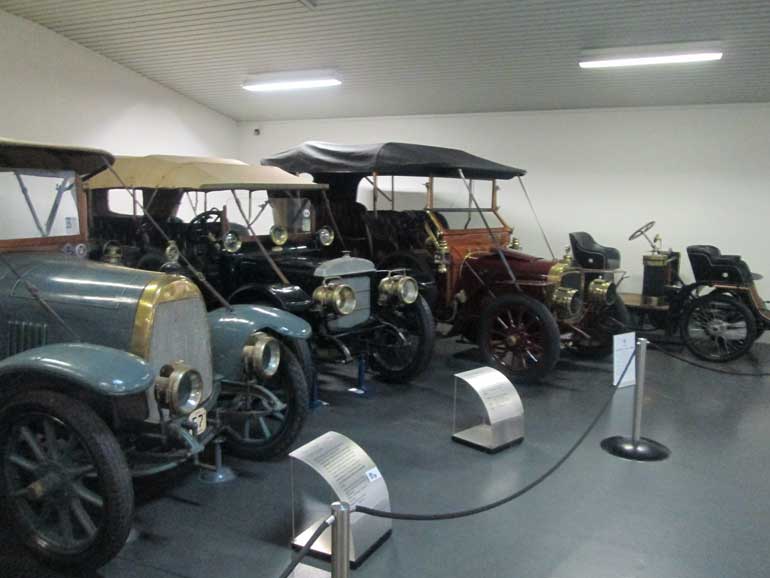
Antiques
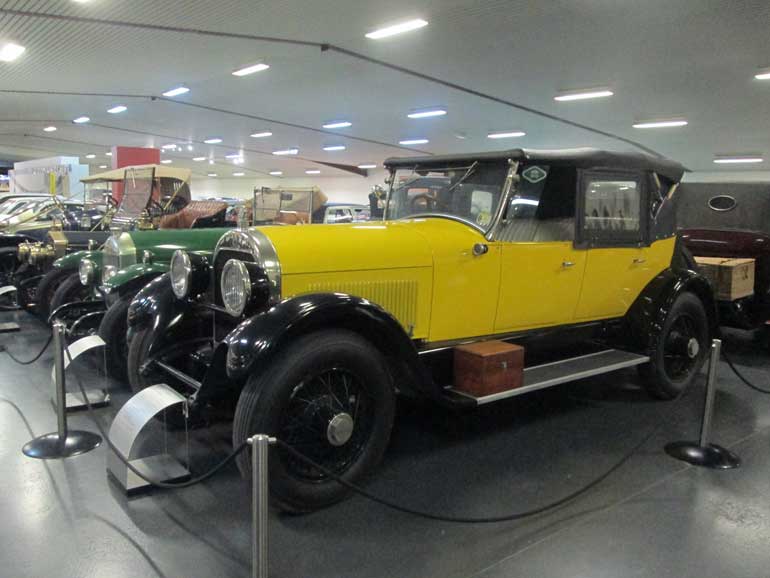
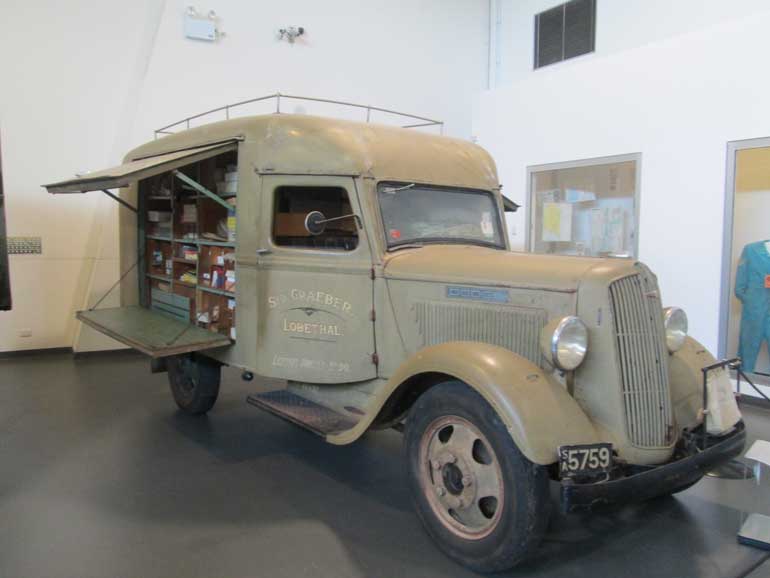
Dodge
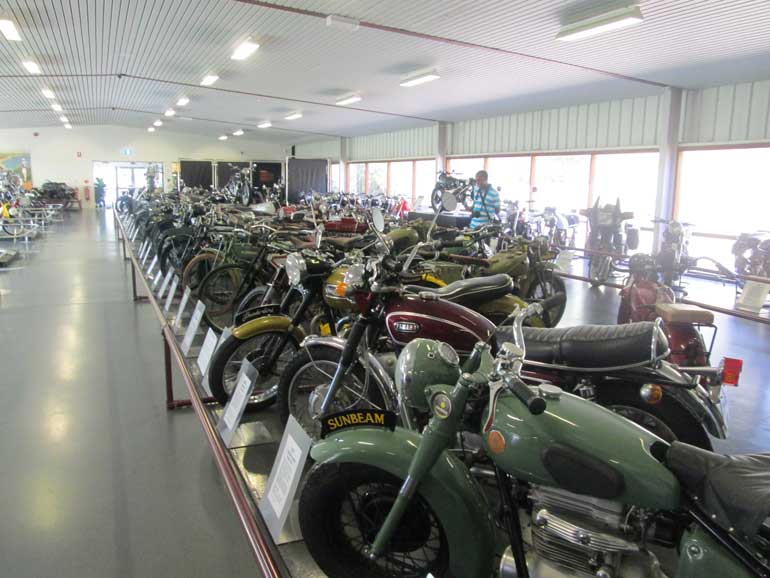
Motorcycles
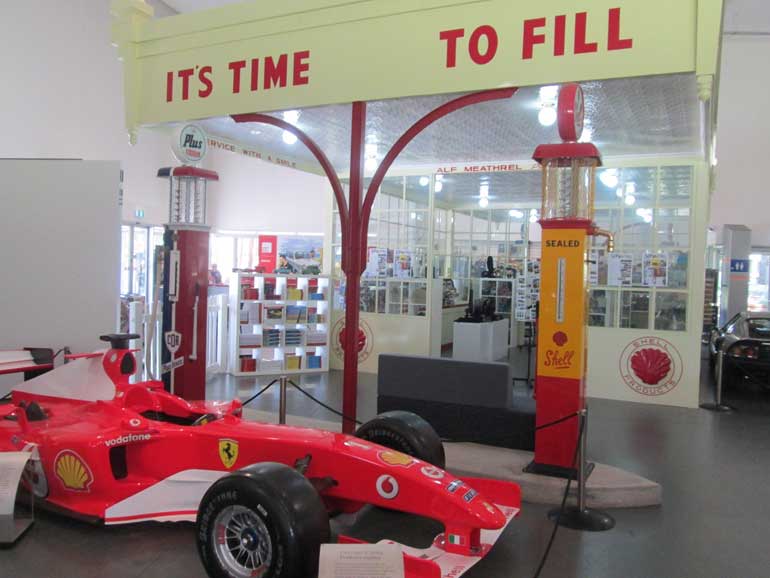
Regent station
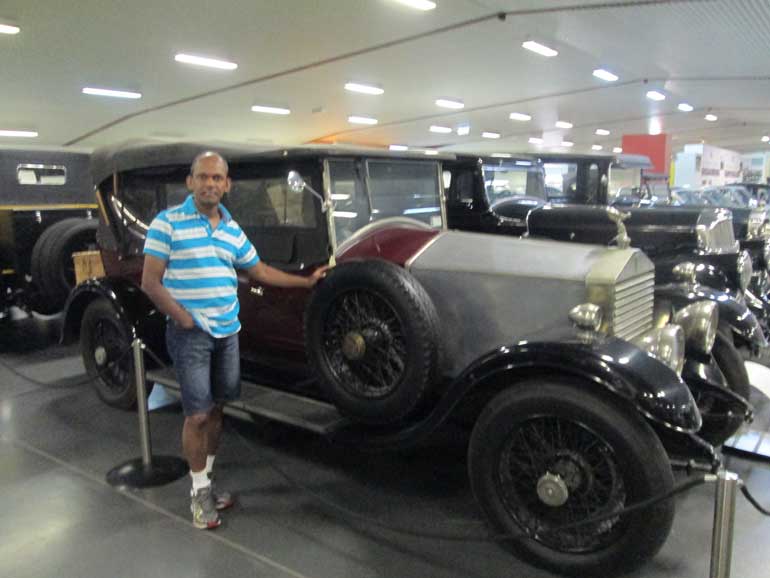
Rolls Royce
By D.C. Ranatunga
It is a most pleasant drive through the scenic Adelaide Hills for about an hour from the city and we are in Birdwood – a quiet town. By the roadside we notice the name board ‘National Motor Museum’ and we turn in.
We then walk in and are warmly greeted at the counter by Caroline and Steve. They give us an overview of the 50-year old Museum and then we are on our own to see what is considered to be one of the best of its kind in the world – a wonderful collection of vehicles under one roof.
The Museum is not a mere collection of motorcycles, cars, vans, buses, trucks and other vehicles but much more. It is described as “an international centre for the collection, research, preservation, education and display of Australian road transport history. And it is a social history of the way we were, the way we are now and the way of the future”.
What hits the eye first is an old style service station – Shell company’s Regent Station. It takes me back to the early 1940s when we travelled by bus to Colombo.
I grew up at Hanwella and used to accompany my father to the city once in a way. The bus services were run by private bus companies. The head of each company was fondly called ‘bus mudalalai’. The bus service of the Colombo-Avissawella low level road was run by the MJ – belonging to Jayasena Madanayake.
As we approached Colombo, the bus turned into the company head office which, if I remember right, was at Peliyagoda. The buses had to fill their tanks from the company petrol shed in the premises.
Unlike today, we could see the petrol in a big glass cylinder on top. The desired amount of fuel was pumped into the cylinder and gravity was used to transfer the fuel into the tank. We saw how the petrol gradually poured down as the tank in the bus got filled. The identical petrol pump had been used at the Regent station which had been in operation from 1928.
The service station which had originally been imported from America was a prefabricated flat pack building. It was one of the first service stations to have a hydraulic hoist. Today, of course, the hoists can be seen everywhere.
In front of the service station at the Museum is a 1928 Chevrolet AB Standard Sedan vintage car where visitors are allowed to get in and take a photograph. Behind it are some of the early Austin and Morris cars which were very popular in old Ceylon.
The Museum had started when a motorcycle enthusiast named Jack Kaines was told by his wife to remove his motorcycle bits and pieces from the family kitchen. He shifted his collection to a nearby dilapidated flour mill building which turned out to be an ideal location to store his collection. It was open to the public on weekends and Jack accepted donations of community history objects. A friend joined Jack and the collection steadily increased to the level when they had sufficient things for a museum. Later the History Trust of South Australia took it over.
The immaculate condition of all the vehicles exhibited at the Museum is amazing. There wasn’t a spot of dust on any one of them. They were all well-polished and neatly arranged with a brief description of each. It was too much to be absorbed but could well be admired.
The well-planned Museum has 12 categories. Of them eight are vehicle categories: Antique, Classic, Commercial, Vintage, Post-Vintage, Veteran and Modern. The other four categories are Automobilia – historical artefacts, memorabilia and collectibles linked with motor vehicles; Image collection – around 30,000 images of mooring elated themes; Motorcycles; Technical collection – various vehicle components; and Toys and Models.
The Antique collection comprises vehicles built up to 31 December 1904 anywhere in the world. It ranges from the 1899 Shearer Steam Carriage and an 1899 Peugeot chasisto a 1900 Model E Vis-a-Vis voiturette with a 2.8 kW, 402 cc single-cylinder engine (80mm x 80mm) located under the seat and driven through the rear wheels by a two-speed gearbox, and a 1904 Ohlmeyer ‘Jigger’ Tourer – a hand-built car with a wooden chassis and 4.5 hp engine.
In the Veteran section (built between 1908-15) are the 1908 Talbot – the first car to cross the Australian continent, completing the journey from Adelaide to Darwin in 1908 in 51 days – and a 1910 Daimler Laundalette.
Among the Vintage vehicles (1919-30) are both high-end luxury models such as Rolls Royce and Straker Squire as well as the more economic and landmark vehicles such as the Ford Model T. Those built from 1931-39 fall into the Post-Vintage category. Classic cars are the ones manufactured from 1946-69 and the balance are Modern vehicles.
Commercial vehicles include a 1926 Graham Bros Hawker’s Van operated by Harry Monsoor in regional South Australia and a1936 Dodge truck, model LE 30 imported from the USA as a rolling chassis. This was used to sell clothing and other household needs to farmers and homes in the rural areas. The first hawkers travelled by cart using horses or donkeys.
The collection of around 100 motorcycles range from a veteran Minerva model built in 1904 to a 1988 BMW Sports Tourer. There are many examples of British bikes in the collection – such as AJS and Royal Enfield, motorcycles from the USA and Europe as well as a cross-section of early Japanese motorcycles showing their progression from a manufacturer of cheap commuter type motorcycles through to high specification racing machines.
One does not have to be an enthusiast to enjoy the Museum collection. Anyone can spend hours admiring a unique collection and picking up a souvenir from matchbox cars to caps and T-shirts to remember a memorable visit.
Discover Kapruka, the leading online shopping platform in Sri Lanka, where you can conveniently send Gifts and Flowers to your loved ones for any event including Valentine ’s Day. Explore a wide range of popular Shopping Categories on Kapruka, including Toys, Groceries, Electronics, Birthday Cakes, Fruits, Chocolates, Flower Bouquets, Clothing, Watches, Lingerie, Gift Sets and Jewellery. Also if you’re interested in selling with Kapruka, Partner Central by Kapruka is the best solution to start with. Moreover, through Kapruka Global Shop, you can also enjoy the convenience of purchasing products from renowned platforms like Amazon and eBay and have them delivered to Sri Lanka.
Discover Kapruka, the leading online shopping platform in Sri Lanka, where you can conveniently send Gifts and Flowers to your loved ones for any event including Valentine ’s Day. Explore a wide range of popular Shopping Categories on Kapruka, including Toys, Groceries, Electronics, Birthday Cakes, Fruits, Chocolates, Flower Bouquets, Clothing, Watches, Lingerie, Gift Sets and Jewellery. Also if you’re interested in selling with Kapruka, Partner Central by Kapruka is the best solution to start with. Moreover, through Kapruka Global Shop, you can also enjoy the convenience of purchasing products from renowned platforms like Amazon and eBay and have them delivered to Sri Lanka.